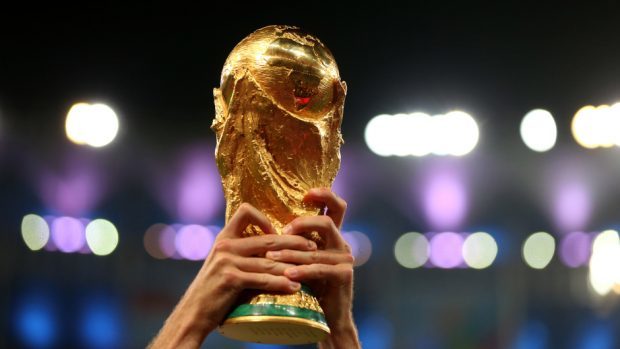Fifa president Gianni Infantino will be the most popular man in Scotland if his proposals to shake-up the World Cup are approved next month.
It has been 18 miserable years since our nation was last represented in the finals of a major tournament, but Infantino could be about to change all that if his plan to expand the World Cup from 2026 gets the go-ahead.
Two options are on the table, the first being an expanded 40-team World Cup or a more radical 48-country competition.
I understand the larger option would consist of 16 groups consisting three countries each with the leading two going on to the last 32 of the tournament.
It’s clear to me the whole idea of this is to attract an even larger global audience, especially when you consider the majority of extra places on offer will be given to non-European countries.
South America, Africa and Asia are the target areas for Fifa and while the proposal itself sounds exciting, I’m not sure the reality would be quite so wonderful.
With all due respect to all nations you just have to look at what Australia have done to ensure their place in the finals every four years. They were finding the route to the finals much more challenging as a member of the Oceanian group which features teams such as Fiji, New Zealand and Tahiti with so many play-off rounds to be navigated after the qualification campaign.
It prompted them to join the Asian Football Confederation in 2005 where they went on to qualify for the 2006 finals, their first appearance since 1974. They have qualified for every World Cup finals since.
I’m not criticising Australia for doing that, but it does make me wonder what the level of competition is the deeper you go into markets such as Asia, South America and Africa.
If Infantino’s proposals are approved and it turns out to be a positive change then, as a football supporter, I’ll be delighted.
Ultimately, we all want to see vibrant and colourful World Cup finals, but most importantly we want it to be competitive. If there are minnows taking part and they are suffering heavy defeats every four years then it will have been a case of increasing the event for financial gain and nothing else.
It may make Fifa happy, and the SFA if Scotland get back to the finals of a World Cup in the future, but the armchair spectators around the world may not be quite so excited if the standard drops.
It’s clear to me the whole idea of this is to attract an even larger global audience
